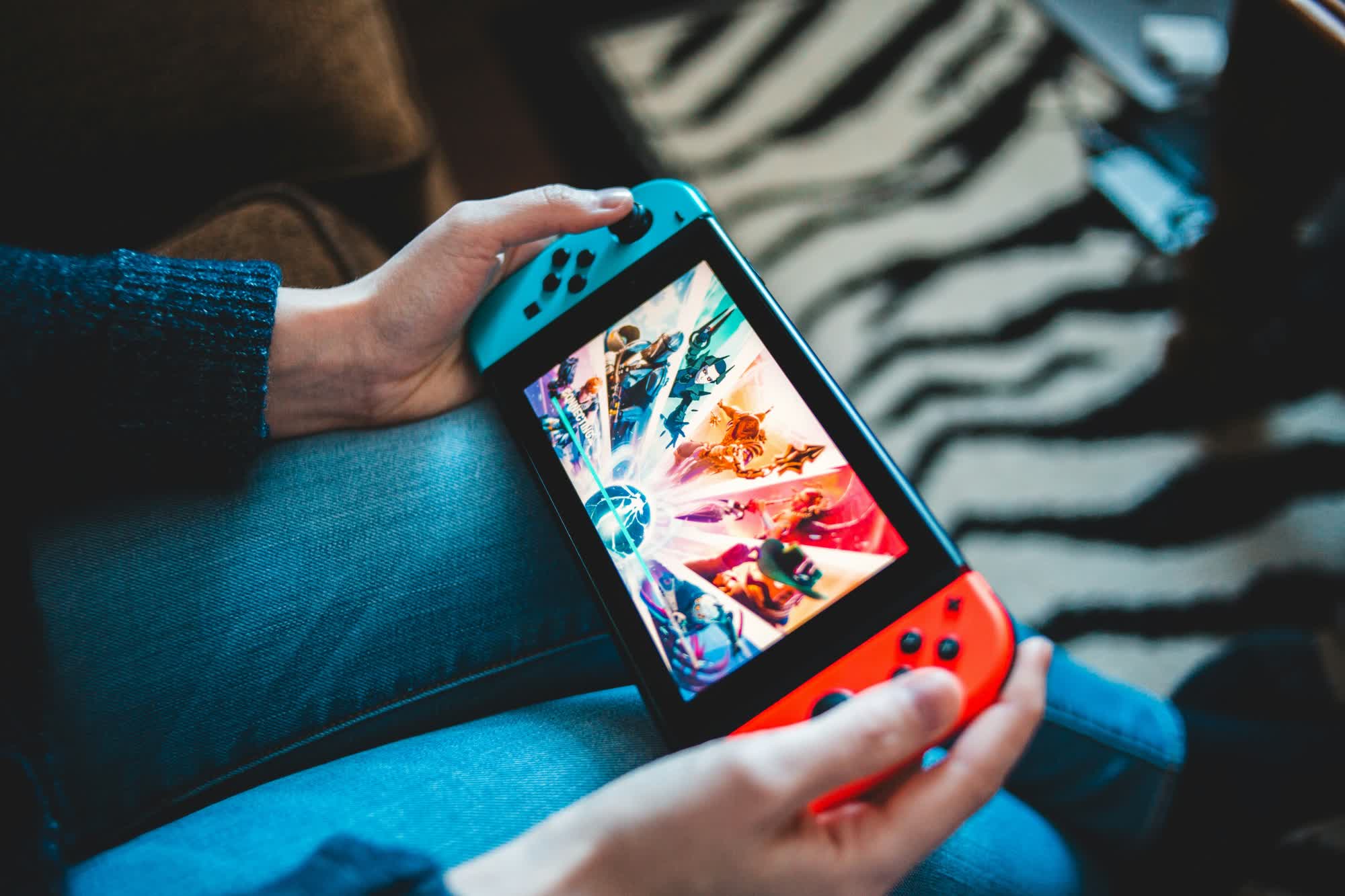The big picture: The Switch 2 isn't expected until sometime in early 2025, and there are numerous rumors circulating as to why Nintendo has put off the successor for so long. Some believe a delayed launch is a strategic move that gives Nintendo more time to manufacture sufficient inventory to deter scalpers, while others seem to think Nintendo needs extra time to polish first-party launch titles.
Another group, like the team over at Moore's Law Is Dead (MLID), argue that competition – or rather, lack of it – has a lot to do with how things are playing out.
The original Switch had virtually no competition when it arrived in 2017, but that won't be the case this time around. Handhelds like the Steam Deck, the Asus ROG Ally, and the Lenovo Legion Go are already here, and Valve is no doubt working on a follow-up. There's also talk that Sony could make a PS Vita 2. You'd think, then, that Nintendo would opt for the most powerful hardware possible for the Switch 2 but apparently that's not the case.
MLID sources claim the Switch 2 hardware has been finished since late 2022, and that it'll use a cost-optimized version of Orin with some efficiency tweaks from Lovelace. It'll also be build on a Samsung 8nm node – not exactly the latest process, but it does have its benefits in terms of cost versus efficiency. What's more, supply shouldn't be an issue either. As others move on to newer nodes, that frees up manufacturing capacity that Nintendo can leverage to its advantage.
One of the Nvidia sources also claimed AMD bid hard for the Switch 2, but that Nvidia ultimately won the battle.
At a minimum, based on everything we think we know, MILD believes the Switch 2 should outperform the current-gen Steam Deck. RAM selection could be the tipping point, as Nintendo could go with 8GB, 12GB, or 16GB. The latter seems unlikely, while the middle option would be quite acceptable. Best case scenario, performance could approach that of an Xbox Series S, MILD concluded.
As for price, Nintendo probably won't make that decision until right before launch but somewhere between $349 - $499 seems to make the most sense, with $399 being the sweet spot.
Image credit: Erik Mclean
